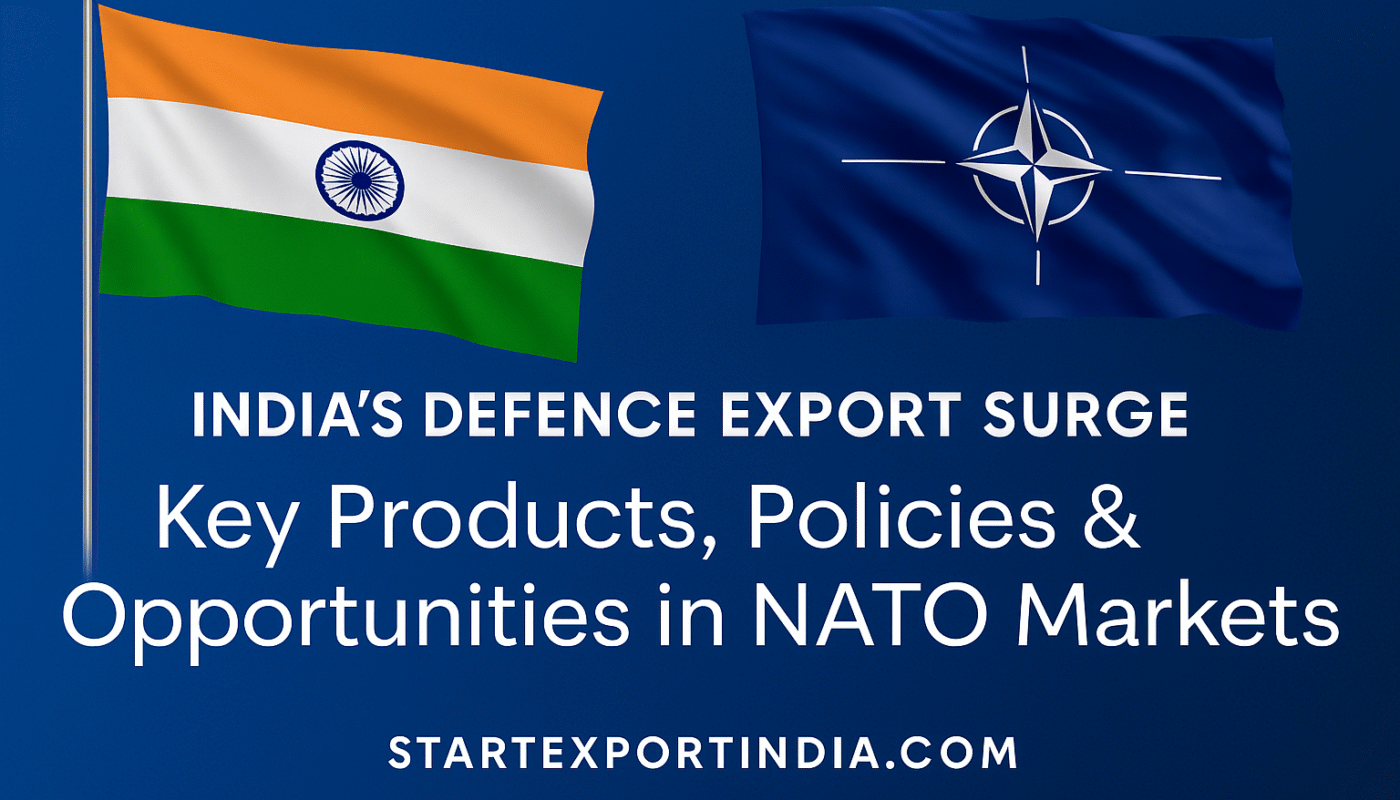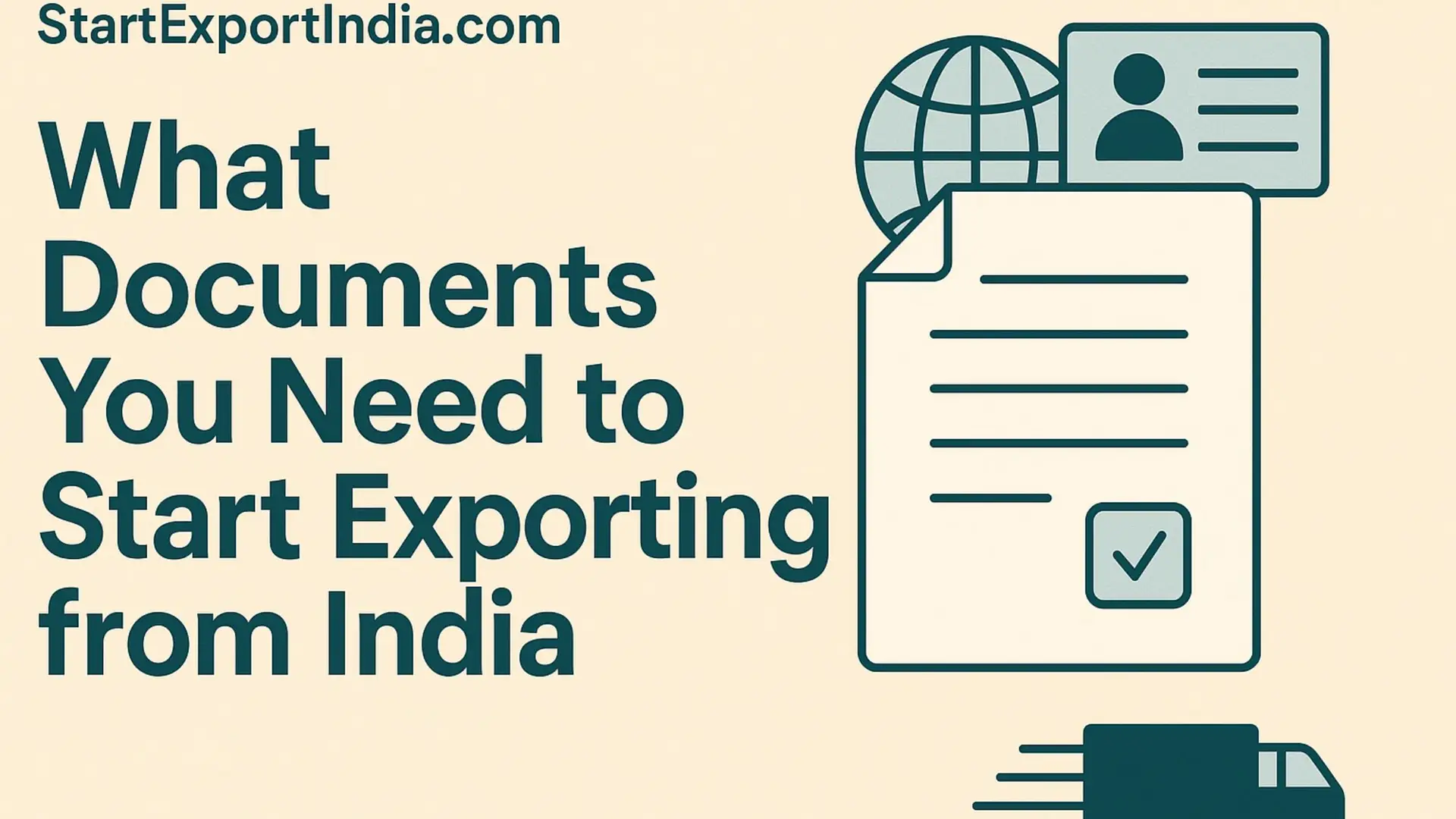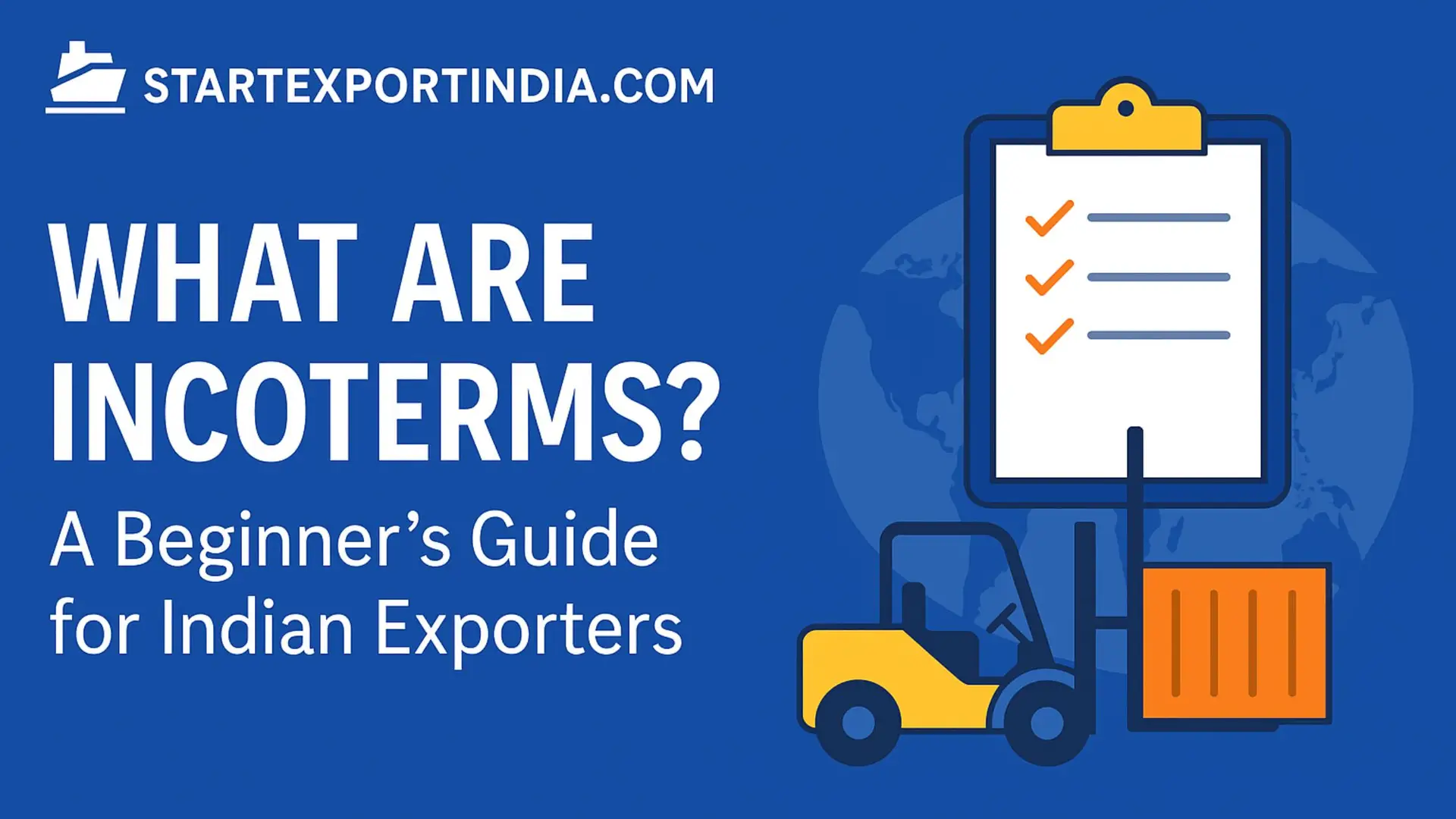- 🔰 India’s Growing Role in the Global Defense Trade
- 🛡️ Key Defence Products Exported by India
- 🏛️ Policy Framework Boosting Defence Exports
- 🌍 Opportunities in NATO Markets
- 🌐 Key NATO Markets to Target
- 🇫🇷 France: Looking for cost-efficient radar components and AI-based surveillance tools.
- 🇵🇱 Poland: Interested in Indian drones, missile systems, and joint manufacturing.
- 🇷🇴 Romania & Bulgaria: Modernizing legacy Soviet defence systems—Indian equipment offers compatible upgrades.
- 🇹🇷 Turkey: Potential collaborations in naval shipbuilding and protective gear.
- 🇮🇹 Italy: Co-development talks on autonomous vehicles and maritime drones.
- 🧭 How Indian Exporters Can Tap NATO Defence Markets
- 📢 Government Initiatives You Can Leverage
- 📌 Challenges to Watch Out For
- 🏁 Conclusion: A New Era for Indian Defence Exports
By StartExportIndia.com | Updated: June 2025
India, traditionally a major importer of defence equipment, is rapidly transforming into a significant exporter in the global arms market. With the Government’s ambitious target of achieving ₹35,000 crore ($5 billion) in annual defence exports by 2025, the defence manufacturing sector is witnessing unprecedented growth. Among the most promising developments is India’s increasing engagement with NATO markets, where demand for cost-effective, high-quality defence products is growing.
In this post, we explore India’s defence export journey, the top products being exported, enabling government policies, and the emerging opportunities in NATO-member countries.
🔰 India’s Growing Role in the Global Defense Trade
India ranked among the top 25 arms exporters globally as of 2024, with defence exports growing over 10x in the last decade. Public Sector Units (PSUs) like HAL, BEL, BDL, and private players such as Tata Advanced Systems, L&T Defence, Mahindra Defence, and Kalyani Group are leading the export drive.
📈 Export Growth Snapshot (2015–2024):
- 2015-16: ₹1,521 crore
- 2020-21: ₹8,434 crore
- 2023-24: ₹16,000+ crore
- Target for 2025: ₹35,000 crore
🛡️ Key Defence Products Exported by India
India exports a wide range of defense items that appeal to both developing nations and technologically advanced allies, especially in NATO.
🔹 Aircraft & Drones
- HAL Tejas (LCA): Light combat aircraft marketed to Malaysia, Argentina, Egypt, etc.
- Advanced Light Helicopters (Dhruv): Supplied to Ecuador, Mauritius, and discussions ongoing with Philippines and Armenia.
- Combat UAVs & Surveillance Drones: Like SWiFT, Rustom-II, and private sector drones.
🔹 Missiles & Ammunition
- BrahMos Supersonic Missile: Co-developed with Russia, exported to the Philippines. Offers NATO nations a cost-effective alternative to Western missile systems.
- Akash Surface-to-Air Missile (SAM): Offers a strong price-to-performance ratio.
🔹 Electronic Warfare & Radar Systems
- Exported by BEL, including low-level radar systems, EW suites, and communication systems.
🔹 Naval Equipment
- Frigates, patrol vessels, sonar systems, and torpedoes developed by Mazagon Dock, GRSE, and L&T.
🔹 Protective Gear & Small Arms
- Bulletproof jackets, helmets, rifles, night-vision devices exported to African and ASEAN nations—now gaining NATO interest.
🏛️ Policy Framework Boosting Defence Exports
India’s defence exports are being driven by a series of structural reforms and targeted incentives.
✅ Major Policy Enablers:
- Defence Production & Export Promotion Policy (DPEPP) 2020
- Aims to make India a global hub for defence manufacturing.
- Simplified Licensing via SCOMET
- Export licensing streamlined through DGFT for dual-use and military items.
- Defence Offset Policy
- Encourages foreign OEMs to source from Indian defence manufacturers.
- Export Authorisation Portal (EAP)
- 100% online processing for defence export authorizations.
- Export Promotion Cell at MoD
- Facilitates faster clearances and market promotion.
🌍 Opportunities in NATO Markets
With NATO’s collective defence budget exceeding $1 trillion, there are massive procurement opportunities. Many NATO countries are also diversifying away from traditional suppliers due to political and cost reasons.
🔍 Why NATO Buyers are Considering Indian Defence Exports:
- Cost-Effectiveness: Indian products are often 30–50% cheaper than Western counterparts.
- Customization & Flexibility: Indian companies offer faster turnaround and flexible specs.
- Joint Development Possibilities: HAL, DRDO, and BEL are open to co-production and R&D partnerships.
- Geopolitical Alignment: India’s increasing strategic alignment with NATO members boosts trust.
🌐 Key NATO Markets to Target
🇫🇷 France: Looking for cost-efficient radar components and AI-based surveillance tools.
🇵🇱 Poland: Interested in Indian drones, missile systems, and joint manufacturing.
🇷🇴 Romania & Bulgaria: Modernizing legacy Soviet defence systems—Indian equipment offers compatible upgrades.
🇹🇷 Turkey: Potential collaborations in naval shipbuilding and protective gear.
🇮🇹 Italy: Co-development talks on autonomous vehicles and maritime drones.
🧭 How Indian Exporters Can Tap NATO Defence Markets
- Register on iDEX & Make in India Defence Portals
- Showcase your company on official platforms.
- Get SCOMET & DGFT Export Authorization
- Apply for the relevant category licenses.
- Participate in Global Defence Expos
- Events like Eurosatory (France), DSEI (UK), IDEF (Turkey) are major platforms.
- Collaborate with Foreign OEMs
- Enter into tech-transfer and offset partnerships.
- Offer After-Sales Support Plans
- Build long-term relationships by offering training, MRO, and spare support.
📢 Government Initiatives You Can Leverage
| Initiative | Description |
|---|---|
| iDEX (Innovations for Defence Excellence) | Funding & mentoring for defence startups |
| TDF Scheme | Grants for new product development |
| DPEPP | Strategic policy for defence exports |
| Export Authorization Portal | Streamlined online permissions |
| CII, FICCI Defence Delegations | Participate in government-led B2B meets abroad |
📌 Challenges to Watch Out For
- Stringent NATO Compliance Standards (STANAG)
- Political & Bureaucratic Red Tape
- Technology Transfer Restrictions
- Limited brand visibility of Indian defence OEMs
➡️ However, these challenges can be mitigated with strong marketing, government-to-government (G2G) frameworks, and consistent product innovation.
🏁 Conclusion: A New Era for Indian Defence Exports
India’s defence export ecosystem is now robust, supported by policy reforms, innovation, and the growing global appetite for reliable alternatives to Western arms. The NATO market, once considered out of reach, is now a real and lucrative opportunity for Indian defence manufacturers—both big and small.
With the right partnerships, certifications, and promotional strategy, Indian exporters can confidently tap into the NATO supply chain and redefine India’s global defence footprint.
✈️ Ready to Explore Defence Exports?
👉 Need help with SCOMET licensing, product marketing, or NATO country outreach?
📞 Contact us at StartExportIndia.com for expert guidance and export readiness assessments.



